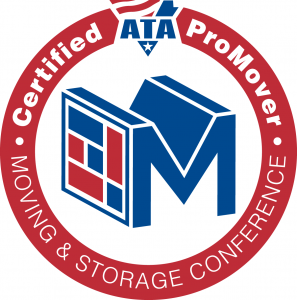When you’re moving from one home to another, getting through the actual move part can take up a lot of your attention. However, booking a moving company and getting from point A to point B is just the beginning.
Read on for a breakdown of essential steps to take after you’re in your new space. Your future self will thank you!
Turn On The Essentials
You’re in your new home and the movers have unloaded everything—yay! But, what about the utilities?
Before you move, make sure you have all the contact information for your (future) utility providers. You can even reach out ahead of time to ascertain what’s needed to get these essential services hooked up and turned on.
Utilities to consider include:
- Electricity
- Gas
- Water
- Internet
- Phone
In some cases, you may need to wait until you’re on-site before contacting providers to connect services. If services are already connected and turned on, though, fantastic. You still need to reach out to make sure they’re under your name and that you have the billing set up correctly so that you don’t experience any service interruptions.
Set Up Base Camp
When you move, the unpacking process might take a while. So, how do you manage before you’ve had a chance to get into all the boxes?
The first step is to have everyone in your household pack their own personal essentials in an overnight bag. That way, everyone will have toiletries, chargers, clothes, and even towels on-hand without having to break open boxes and unpack them halfway to find what they need.
You can also pack a couple of boxes with any basics you think you’ll want access to in the first few days after moving—and then unpack those first once you arrive. Maybe that’s the equipment for a home office, or maybe that’s your kitchen essentials. What’s “necessary” is different for each household, but by planning what you’ll want to have on-hand first, you can pack (and then unpack) all of those items together for easy access.
Safety First!
After you arrive in your new home, take time to gather some basic safety information. Fingers crossed, you won’t need to use this knowledge, but you’ll rest easier knowing it’s in place!
You (and other responsible parties in your household) should know:
- The location of your fuse box
- How to shut off your water & power
- How to shut off the gas or oil (if applicable)
- Where the water heater & furnace are—& how to shut them off
By getting this information in place up-front, you’ll be prepared to act quickly if there’s an emergency. As the saying goes, better safe than sorry!
Whether you’re dealing with a long-distance or local moving situation, following these key steps for what to do after you move will help ease the transition. For more moving help in Burlington and the region, feel free to reach out to the team at Chase Moving and Storage: THE MOST TRUSTED MOVERS SINCE 1908.






